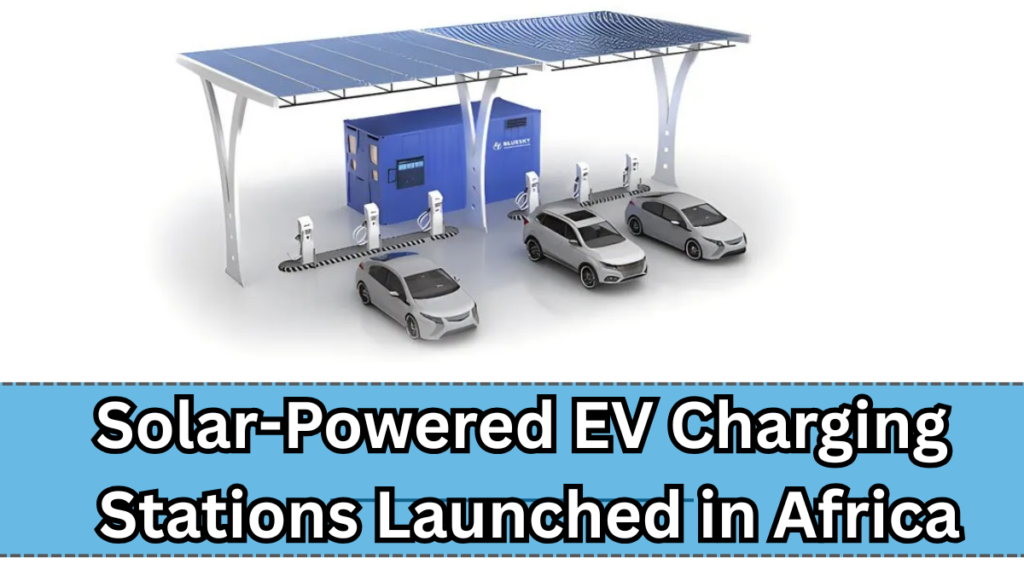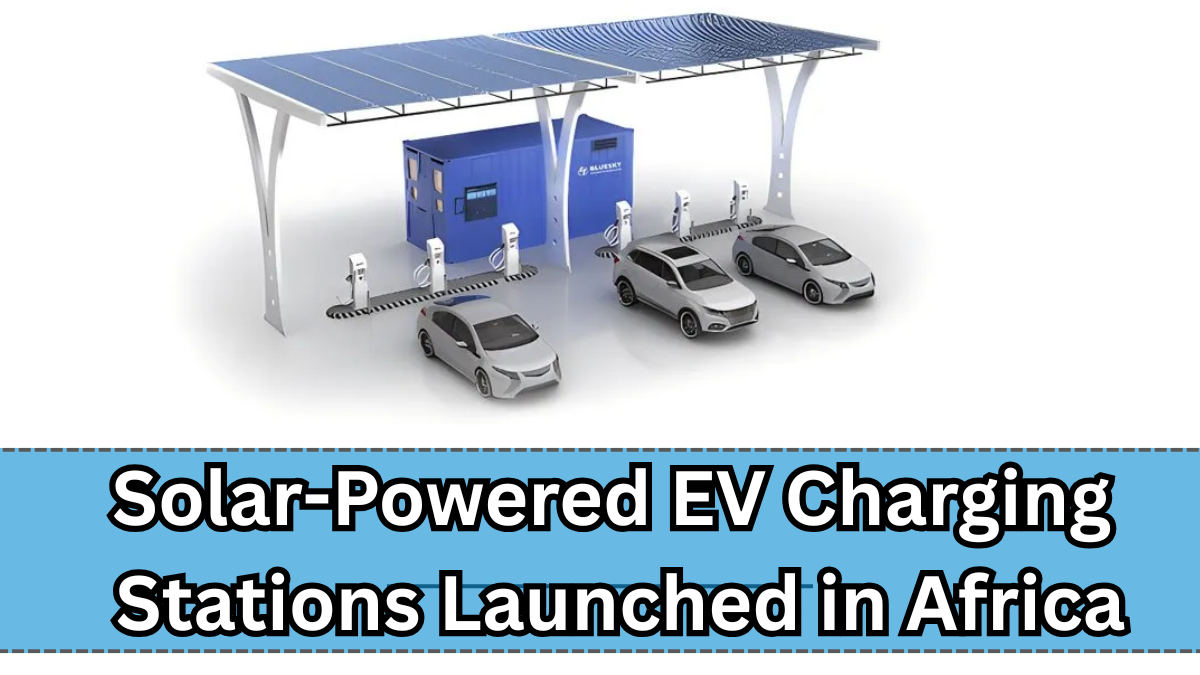The African landscape is witnessing a green revolution with the introduction of Solar EV Charging stations in rural areas. This step is not just about advancing technology but also about transforming rural mobility and improving daily life in communities that have long faced transport challenges.
Let’s explore how this initiative is shaping the future.

Why Solar EV Charging in Rural Africa Matters
In many rural parts of Africa, access to electricity and reliable transportation has always been limited. Introducing Solar EV Charging stations addresses both these gaps by offering:
-
Sustainable Transportation Solutions
-
Affordable Charging Options
-
Increased Accessibility to Clean Energy
This move is set to revolutionize rural mobility, making electric vehicles (EVs) a practical option even in remote areas.
Key Benefits of Solar EV Charging Stations
Here’s how these solar-powered stations are positively impacting rural communities:
| Benefits | Impact on Rural Mobility |
|---|---|
| Renewable Energy Source | Reduces reliance on fossil fuels |
| Cost-Effective Charging | Makes EVs affordable for rural residents |
| Low Infrastructure Costs | Ideal for off-grid areas |
| Promotes Sustainable Transport | Supports long-term eco-friendly mobility |
| Job Creation in Local Areas | New employment opportunities |
How Solar EV Charging Boosts Rural Mobility
The deployment of Solar EV Charging stations is not just about energy—it’s about transforming the way rural communities move.
Here’s what’s changing:
-
Expanded Access to EVs: Charging options make EVs a viable choice in rural zones.
-
Affordable Transport: Lower fuel and maintenance costs compared to traditional vehicles.
-
Improved Connectivity: Villages and small towns are now better linked to regional hubs.
-
Empowerment of Local Entrepreneurs: More opportunities to run transport-related businesses.
Real-World Impact: Stories from the Ground
Some rural areas in Africa have already started experiencing the benefits:
-
Local farmers now use EVs to transport produce to markets, cutting down fuel costs.
-
Schools in remote villages have started using solar-powered electric buses.
-
Women-led cooperatives are managing and maintaining Solar EV Charging stations, creating a ripple effect of empowerment.
Future Plans for Expansion
Authorities and private companies are looking to scale this initiative further:
-
More Solar EV Charging stations planned across rural corridors
-
Partnerships with international EV manufacturers
-
Community training programs for EV maintenance and solar station operations
FAQs
1. How do Solar EV Charging stations work in rural areas?
Solar EV Charging stations harness solar energy to generate electricity, making them perfect for rural locations where the power grid may be unreliable or absent.
2. Why is Solar EV Charging important for rural mobility?
It provides clean, affordable energy to power electric vehicles, making transportation more accessible and sustainable in remote regions.
3. Can rural communities afford electric vehicles with Solar EV Charging stations?
Yes, with lower charging and maintenance costs, EVs become a more economical option for rural residents compared to petrol or diesel vehicles.
4. Are there any training programs for locals to manage these charging stations?
Many initiatives include skill development programs to help local people operate, maintain, and even expand Solar EV Charging networks, boosting employment and local ownership.
Click here to learn more
Sachin is a dedicated writer specializing in education, career, and recruitment topics, delivering clear and actionable insights to empower readers.
